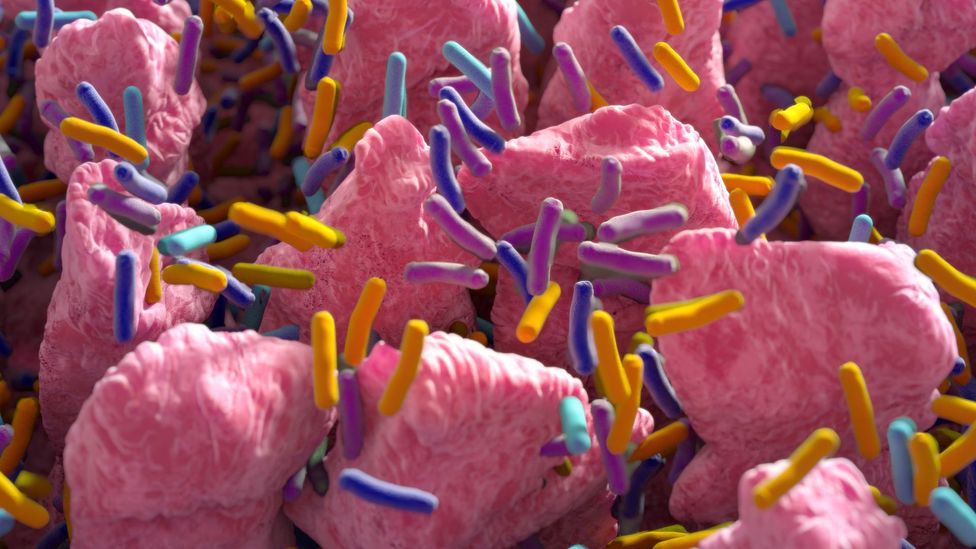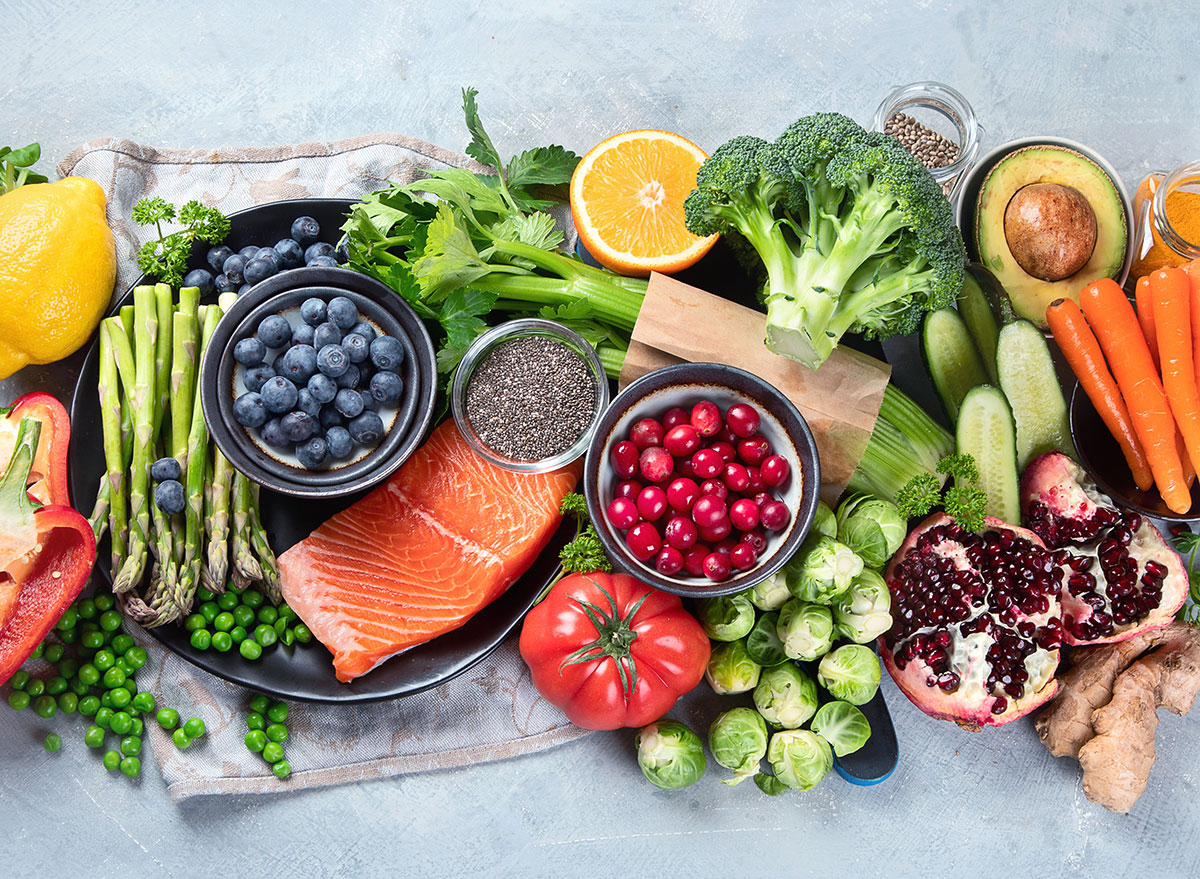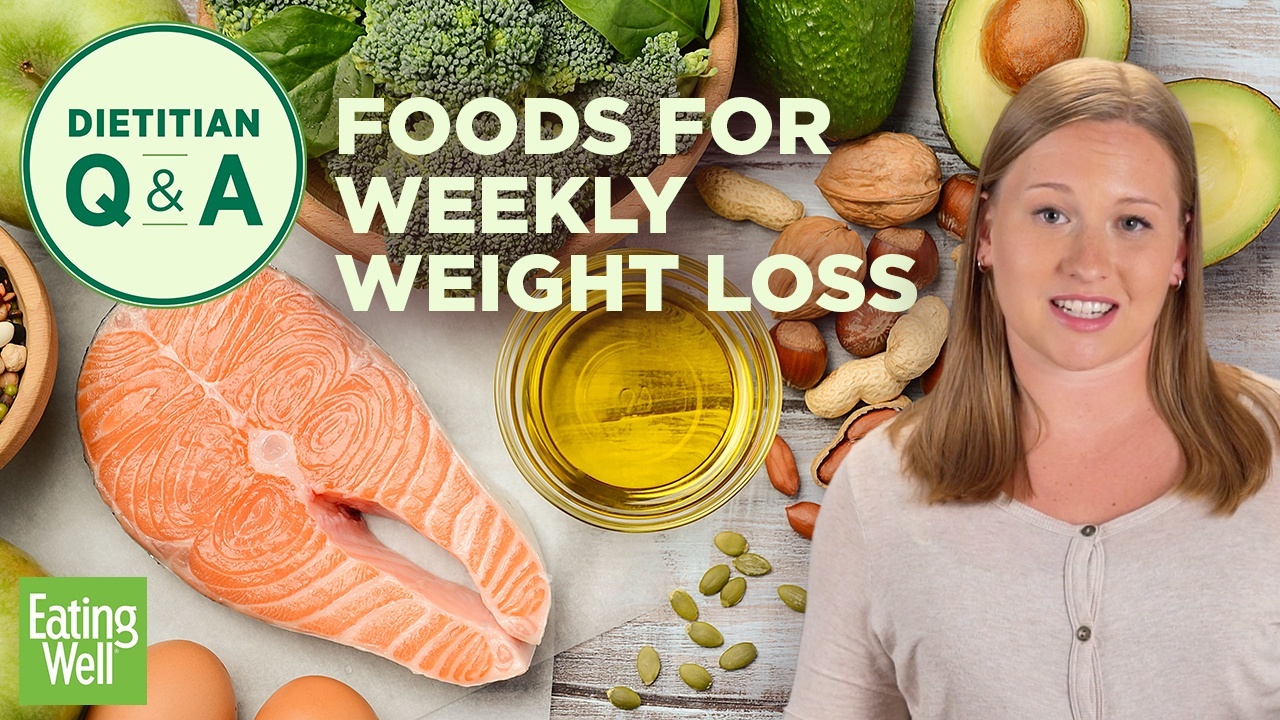
It is essential to eat a nutritious breakfast to maintain your energy levels. Not only will this fuel you for the rest of the day, but it will also prevent you from falling into a slump during the afternoon. You can make better choices later by eating the right breakfast foods.
A combination of protein, complex carbohydrates, and healthy oils will boost your energy levels. These nutrients aid in the building and maintenance of tissue and provide energy. To feel fuller for longer, it's a good idea combine carbs and protein with fiber. A fiber-rich meal will help keep your digestive systems running smoothly.
Fiber is particularly good for high cholesterol patients and those who are overweight. Fiber helps slow down digestion and keeps you fuller longer. It also balances your blood sugar. Oatmeal is a great source of fiber. This whole grain food is especially suited to breakfast because it contains complex carbohydrates and slow-digesting fiber.

If you're looking for an energy-boosting breakfast that doesn't take much time to prepare, consider making a smoothie. Smoothies can be made with any of your favorite fruits, vegetables, and even some protein powder for added nutrients. Be sure to limit your intake of sugar to no more than 5 grams Low-fat yogurt or nonfat yogurt is the best way to sweeten your smoothie.
Eggs are a good source of protein. Each egg contains 6 grams of protein and 5 grams healthy fats. Because they are low calories and high in nutrients, eggs are great for those who are trying to lose weight. Active people can also enjoy eggs for breakfast.
Cottage cheese is a great choice for an energy-boosting meal. It is low in calories, but it is high-protein and great for athletes. Cottage cheese provides reliable, clean energy when consumed cold in the morning. Pair this with chopped vegetables or EVOO-based dairy-free pesto for an easy, nutrient-packed breakfast.
Chia seeds are another healthy choice for breakfast. Chia seed are high in protein, fiber, and iron. They are also extremely hydrating. They can absorb up ten times their weight of liquid and help maintain steady energy throughout the day. They are great for smoothies and oatmeal. For an added boost of protein, you can add them to smoothies with some maple syrup.

Also, chia seeds can be used in your morning yogurt. Chia seeds are rich in both protein and fibre, which will keep you energized throughout the day. A little bit of fruit or nuts can be added to yogurt to add some extra nutrition. You can increase your protein intake by adding honey.
Fruits are a great source of vitamins and antioxidants. The following ingredients can stimulate metabolism: red pepper, cinnamon and paprika. Avocados and coconut are two other great ingredients you can add to your smoothie.
FAQ
How much should I eat each day?
Calorie needs vary depending on age, gender, activity level, size, and overall health status.
Generally speaking, adults require between 1,200 and 1,800 calories per day to maintain their current weight.
Calories can be obtained from carbohydrates (starchy food), protein, or fat.
Carbohydrates are made up of glucose, fructose, and sucrose. Glucose provides the main source of energy for our muscles. Fructose supplies additional energy to our brains, nervous system and muscles. Sucrose contains both glucose and fructose, making it easier to digest than pure glucose or fructose.
Protein is essential for muscle building and tissue repair. Protein can be found in meat, poultry and eggs as well as yogurt, dairy products, soyabeans, legumes, soybeans and some seafood.
Maintaining good health requires fat. Fat helps you feel fuller for longer periods of time and supplies essential vitamins and minerals, such as vitamins A and E, D, K and B12, omega-6 fats, and monounsaturated fatty acids.
High cholesterol and other cancers are also protected by fat.
Experts recommend consuming no more that 30% of your total calories from saturated oils.
However, there is no evidence to suggest that decreasing saturated fat will decrease your risk of developing coronary disease.
Healthy diets should have 20-35% of daily calories from carbs, 10%-35% for protein, and 35%-50% for fat.
What is the difference between a vegan and other diets?
Veganism is different than any other diet because it doesn’t include meat, eggs, dairy, or fish. As such, it excludes animal products which means that vegans avoid eating milk, cheese, butter, etc.
The only difference between vegans and others is that vegans don't consume meat, fish, or dairy products. This is why vegans are sometimes called vegetarians.
Vegans also avoid consuming honey, gelatin, leather, wool, silk, feathers, fur, cosmetics tested on animals, and most processed foods.
Veganism is an ethical diet based on compassion for animals, and concern for sustainability. It opposes animal products and the suffering caused by factory farming.
Veganism advocates vegetarianism. This involves reducing animal flesh and secretions rather than eliminating them.
Vegans generally consume a plant-based diet. However many vegans consume small amounts, such as nutritional supplement, fruits, vegetables and nuts.
Because vegans exclude meat, fish and poultry, they are often called "vegetarians". Although technically speaking, vegans should avoid all animal products, including dairy and eggs, the term vegan has become commonly associated with those who exclusively avoid these three categories.
Vegans often eat less then five ounces (roughly 1/4 pound) of meat each week.
Some vegans may include eggs and dairy products in their diets to get sufficient protein intake, but this is not common practice.
People who call themselves Lacto-ovo vegetarians eat dairy products and eggs while avoiding meat. They may also eat chicken, fish, and shellfish. They may be considered flexitarians in regards to meat, but they strictly follow the vegetarian lifestyle.
Ovolacto vegetarians consume dairy products and eggs but avoid red meat. They may also eat poultry, shellfish and fish.
Pescatarians can be vegetarians who enjoy fish. Pescatarians have to manage their cholesterol carefully because fish is high in fat. They typically eat only low-fat or non-fried varieties of fish.
The two main types of vegans are: flexible and strict. Vegans who are strict abstain completely from all animal products, including dairy and eggs. Flexible vegans restrict the number of animal products they eat. One egg might be eaten every two weeks, or they may choose to eat skimmed milk in place of whole milk.
The trend to eat plant-based diets has increased in recent years among consumers who are concerned about their health and want to live longer. The number of Americans following a vegan diet jumped by 50% between 2007 and 2010. According to industry estimates, the number of vegans in America had reached 2.5 million by 2016.
What is the 40-30-30 diet plan?
The 403030 Plan helps you lose weight quickly, and keeps it off for your entire life. This program employs three powerful strategies to create a healthy lifestyle that allows you to burn more fat and keeps your hunger under control.
This program contains:
-
A comprehensive food diary that allows you to track your daily calorie intake and identify hidden foods that sabotage your efforts.
-
This workout combines cardio and strength training to improve metabolism and burn body fat.
-
Your individual nutrition plan is based on your results.
You will also receive weekly emails with motivational and tips to help you continue your journey to better health.
Nothing is more important than losing unwanted pounds
What foods clear your arteries?
Healthy eating habits are the best way for your heart to stay healthy. But what exactly does that mean? There are many options. One way to do that is to eat a lot more fruits or vegetables.
Antioxidants are found in fruits and vegetables, which can help prevent disease and improve overall health. Antioxidants also fight inflammation which helps prevent clogged arteries.
There are many other ways to lower cholesterol. If you cut back on saturated fats (like butter) and trans-fatty acids (found in fried food), you'll lower your chances of having a heart attack.
You can increase your fiber intake, which keeps blood flowing smoothly throughout your body. LDL (bad cholesterol) is also reduced by fiber, which can lower your risk of developing cardiovascular problems.
Other than what you eat, there are many other factors that can affect your heart health. Heart disease can be caused by stress, poor exercise, smoking, obesity, excessive alcohol consumption and genetics.
Talk with your doctor to determine how much fiber and other nutrients are necessary for you to avoid developing cardiovascular disease. You may need to take medications or make lifestyle changes to stay healthier.
What's the best strategy for weight loss?
Although there are some differences, weight loss and weight maintenance strategies can be very similar if you look closely.
Weight loss is all about losing weight. Weight maintenance is all about maintaining the weight you have lost.
The difference is that you want to lose weight while you're trying to lose pounds. While you want to maintain your weight, you have to do so in a different way.
Both require dedication, discipline, and commitment. Weight loss requires more effort as you have to do something. Weight maintenance, however, is simpler. After all, you have to stay disciplined.
Both cases require that you exercise and eat healthy foods.
For weight loss to be successful, you need to make lifestyle changes and get active regularly.
Weight maintenance is easier because you need to be disciplined. You must eat healthy food and exercise regularly to maintain your weight.
What should you decide? You can make the right decision by considering your lifestyle.
Weight loss may be easier if you eat fast foods occasionally and exercise only occasionally.
If you eat healthy foods, exercise often, and eat well, your weight will likely be maintained.
It all boils down to personal preference.
It is important to realize that losing weight does not necessarily mean becoming thinner.
Being able to lose weight can make you happier, healthier, and more energetic.
You can lose weight by changing your eating habits or exercising more often.
You'll see results faster than ever before.
What 3 foods do cardiologists say to avoid?
These foods contain too much cholesterol, and are advised by cardiologists to avoid.
American Heart Association recommends limiting your intake of transfats found as partially hydrogenated oil and margarine. Trans fats raise LDL (bad) cholesterol levels and lower HDL (good) cholesterol levels. High levels of LDL cholesterol are linked to high blood pressure and heart disease.
Cholesterol levels can also be increased by high-fat dairy products like cream cheese, butter and ice cream. Some individuals may have an allergic reaction to dairy products.
LDL cholesterol levels are higher in saturated fat than they are in HDL cholesterol. Saturated oil can be found in red meats, poultry, full fat dairy products, palm oil and coconut oil. It can be very harmful if consumed in high quantities.
You can improve your cardiovascular health by eliminating or reducing the consumption of animal products.
A simple change to the types of foods you consume can significantly reduce your chances of having a heart attack.
It's never too late for you to make positive changes in the way that you live. Before starting any new diet, you should consult your doctor.
Statistics
- Trim fat off meat or choose lean meats with less than 10% fat. (mayoclinic.org)
- In a review of studies, intermittent fasting was shown to cause 0.8–13% weight loss over 2 weeks to 1 year. (healthline.com)
- Another study in adults with obesity over 12 weeks found that the DASH diet helped decrease total body weight, body fat percentage, and absolute fat mass in study participants while preserving muscle strength (healthline.com)
- Recommendation Saturated fat is less than 6% of total daily calories. (mayoclinic.org)
External Links
How To
The Health Benefits of Vegetables and Fruits
Many benefits are associated with fruits and vegetables for our bodies. The following list shows just a few:
They contain fiber, minerals, as well as vitamins. Fiber helps digestion by helping to eliminate toxins from your digestive tract. Minerals such as calcium and potassium help to strengthen bones and prevent osteoporosis. Vitamins are vital for growth and development.
Fiber aids in maintaining normal bowel movements and reducing constipation.
Fiber is a powerful anti-infective agent.
Fruit and vegetable juices provide good iron and vitamin-C. Vitamin C improves bone strength, combats infection and promotes tissue recovery.
Low in calories and high in nutrients, fruits and vegetables are good for your health. They are easy to prepare and inexpensive.
They are rich antioxidants. Antioxidants protect cells from free radicals and other types of damage. Free radicals can be unstable molecules that cause cell damage. Carotenoids, flavonoids and phenolic acid are all examples of antioxidant compounds.
Antioxidants slow down the aging process, may even extend life span
Healthy skin is possible with fruits and vegetables. Because they are rich sources of beta-carotene (and lycopene), fruits and vegetables have bright colors. These pigments also protect skin cells from sunburn.
Beta-carotene protects vision from macular degeneration and cataracts. Lycopene is known to lower the risk from prostate cancer.
Regular consumption of fruits and vegetables will improve your physical, mental, and emotional well-being.